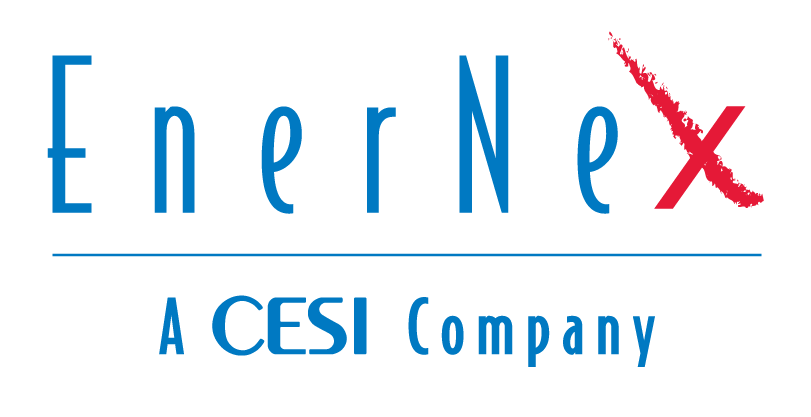EnerNex appreciated the opportunity to assist the Public Service Company of New Mexico (PNM) with their grid modernization strategy, stakeholder outreach, advanced metering infrastructure procurement, and October 3, 2022 rider application to the New Mexico Public Regulatory Commission. Details regarding PNM’s grid modernization plan and regulatory filing can be found at: https://www.pnmforwardtogether.com/grid
As published in Utility Dive | October 4, 2022
PNM proposes 6-year, $344M grid modernization plan including smart meters for all customers
Dive Brief:
– Public Service Co. of New Mexico on Monday filed a six-year, $344 million grid modernization plan that includes rolling out smart meters to all of its 530,000 customers in the state, alongside investments in physical security and cybersecurity.
-The six-year grid modernization implementation plan will add about $1.20 to monthly residential bills, but PNM said those increases will be delayed until September to avoid initially raising rates during the hot summer months.
– “Converting the grid to a two-way communication path is a game-changer,” the utility said in its filing with the the New Mexico Public Regulation Commission. PNM asked regulators to approve its application by July.
Dive Insight:
PNM’s grid modernization filing is driven by both state policy goals and growing customer interest in smart grid technologies, utility officials said Monday.
“Today’s customers want the opportunity to add rooftop solar with energy storage, plug in electric vehicles, and community solar,” Laura Sanchez, PNM’s chief policy and legal advisor, said in a call with journalists. The grid modernization plan “will add technology to enable all of this to integrate onto the system, while also making sure the system is reliable.”
The plan is also a response to the state’s climate goals, which include cutting greenhouse gas emissions at least 45% below 2005 levels by 2030 and moving towards net zero emissions by 2050. PNM’s implementation plan looks out six years, but the utility’s longer-term grid modernization vision will take 11 years to achieve, the utility said.
The plan will help speed recovery during outages, Sanchez said. It calls for installing devices called remote fault indicators which, when combined with smart meters, will help identify outages on PNM’s system.
“Today we rely on customers to call in about an outage in their neighborhood,” she said. “This technology means we will be notified automatically when there is an outage on the system, and we will be able to isolate the outage so we can target crews to just that section of the system that needs repair.”
The plan places particular emphasis on “energy equality,” Sanchez said, by “ensuring that communities, particularly low-income communities, receive fair treatment in how benefits and burdens are distributed.” Low-income and underserved areas will receive prioritization for distribution system upgrades and the installation of smart meters, according to the filing.
Along with the advanced metering infrastructure rollout, PNM “proposes to invest in greater physical- and cyber-infrastructure to protect the data and information generated by the new AMI capabilities,” according to the application. “These initial grid modernization investments will overlay a secure communication network on the existing electric grid infrastructure using both wireless and fiber optic technologies.”
Smart meter deployment will continue through the fourth year of PNM’s proposal. In the second year, the utility plans to implement a customer energy management platform to help customers make “informed decisions about their individual energy use and utility programs and rates that support their choices.”
The utility said it is also seeing a spike in large businesses looking to move into its service territory, and these new customers are focused on using clean energy.
A decade ago, PNM would see “roughly two large business relocation inquiries per year,” Elisha Saavedra-Torres, PNM’s business development manager, said. “But fast forward that to five years later, and we were getting about two inquiries per month. Now we’re getting more than two a week.
“It’s exciting to respond to these opportunities knowing that we will now have a modernized grid that can continue to meet the needs of our existing customers while supporting economic growth for the entire state,” Saavedra-Torres said.

